

Articles
What Is Loft Insulation
Modified: January 23, 2024
Learn everything you need to know about loft insulation with our informative articles. Discover the benefits, types, and installation techniques in detail.
(Many of the links in this article redirect to a specific reviewed product. Your purchase of these products through affiliate links helps to generate commission for Storables.com, at no extra cost. Learn more)
Introduction
Welcome to our comprehensive guide on loft insulation. In this article, we will explore everything you need to know about loft insulation, including its definition, benefits, types, installation process, and cost savings. Whether you own a home or are planning to buy one, understanding the importance of loft insulation is crucial for energy efficiency and cost savings.
Loft insulation is the process of insulating the space between the roof and the ceiling of a building. It is typically done to prevent heat from escaping through the roof during the colder months and to prevent heat gain during the warmer months. By installing loft insulation, you can create a thermal barrier that helps regulate the temperature inside your home, leading to energy savings and a reduction in carbon emissions.
Now that we’ve established what loft insulation is, let’s delve deeper into the benefits it offers.
Key Takeaways:
- Loft insulation is a smart investment that offers energy efficiency, cost savings, increased property value, and a more comfortable living environment. It contributes to a greener future by reducing carbon emissions and promoting environmental sustainability.
- Proper installation and maintenance of loft insulation are crucial for optimal thermal performance and long-term benefits. Addressing common issues such as compression, poor installation, and moisture concerns ensures the effectiveness and longevity of the insulation.
Read more: How To Build A Loft Bed
Definition of Loft Insulation
Loft insulation refers to the process of adding a layer of insulation material to the space between the roof and the ceiling of a building. This space, commonly known as the loft or attic, is often a major source of heat loss in homes. By insulating this area, the aim is to create a barrier that prevents the escape of heat in the winter and the entry of heat in the summer.
The insulation material used in loft insulation is typically a lightweight and thermal-resistant material, such as mineral wool, fiberglass, or cellulose. These materials are chosen for their ability to trap air and slow down heat transfer. The insulation is installed in the form of rolls or batts, which are unrolled and laid between the ceiling joists or on top of the ceiling, depending on the type of roof construction.
Loft insulation is designed to improve the energy efficiency of a building by reducing heat loss or gain through the roof. By keeping the interior of a building at a more stable and comfortable temperature, it reduces the need for heating and cooling systems, which in turn reduces energy consumption and lowers utility bills.
In addition to its thermal benefits, loft insulation also offers soundproofing qualities. It helps to reduce noise transmission between different rooms or floors of a building, providing a more peaceful and quiet living environment.
Overall, loft insulation plays a crucial role in creating a more comfortable, energy-efficient, and cost-effective home or building. It is a simple and effective way to improve thermal performance, enhance sound insulation, and contribute to environmental sustainability by reducing carbon emissions.
Benefits of Loft Insulation
Installing loft insulation offers a wide range of benefits for homeowners and building occupants. Let’s explore some of the key advantages:
- Energy Efficiency: One of the primary benefits of loft insulation is its ability to improve energy efficiency. By reducing heat loss during the colder months and heat gain during the warmer months, loft insulation helps to maintain a comfortable indoor temperature without relying heavily on heating or cooling systems. This, in turn, leads to lower energy consumption and reduced utility bills.
- Cost Savings: With reduced energy consumption comes significant cost savings. By installing loft insulation, you can potentially save a considerable amount of money on your heating and cooling bills. Over time, these savings can add up and offset the initial cost of insulation installation.
- Increased Comfort: Insulating the loft area provides a more comfortable living environment. By ensuring that heat is retained during winter and heat penetration is minimized during summer, insulation helps maintain a consistent temperature throughout the building. This eliminates cold spots and reduces drafts, creating a cozy and comfortable living space.
- Noise Reduction: Loft insulation also offers soundproofing benefits. It helps to minimize noise transmission, such as footsteps, voices, or outside traffic, between different floors or rooms within a building. This results in a quieter indoor environment, allowing for enhanced relaxation and concentration.
- Reduced Carbon Footprint: By improving energy efficiency, loft insulation plays a crucial role in reducing a building’s carbon footprint. It helps minimize the release of greenhouse gases by reducing the need for burning fossil fuels for heating or cooling purposes. This makes loft insulation a sustainable choice that contributes to environmental conservation.
- Improved Property Value: A well-insulated loft can enhance the value of your property. As energy efficiency becomes increasingly important to buyers, having effective insulation in place can make your home more appealing and potentially increase its resale value.
Overall, the benefits of loft insulation extend beyond just energy savings. It provides a more comfortable living environment, reduces noise pollution, and contributes to a greener and more sustainable future. Whether you’re looking to save money on utility bills or create a more eco-friendly home, installing loft insulation is a smart investment.
Types of Loft Insulation
When it comes to loft insulation, there are several types to choose from, each offering different advantages and considerations. Let’s explore some of the most common types:
- Mineral Wool Insulation: Mineral wool, often made from rock or glass fibers, is a popular choice for loft insulation. It is available in either rolls or loose-fill form. Mineral wool insulation is known for its excellent thermal and acoustic properties, as well as its fire-resistant qualities. It is easy to install and provides effective insulation performance.
- Fiberglass Insulation: Fiberglass insulation is another commonly used type of loft insulation. It consists of tiny glass fibers that trap air, reducing heat transfer. Fiberglass insulation is available in rolls or batts and can be easily cut to fit different spaces. It is lightweight, affordable, and provides good thermal performance.
- Cellulose Insulation: Cellulose insulation is made from recycled paper treated with fire-retardant chemicals. It is installed as loose-fill insulation by blowing it into the loft space. Cellulose insulation offers good thermal and acoustic properties. It is a sustainable choice and provides effective coverage in hard-to-reach areas.
- Spray Foam Insulation: Spray foam insulation involves spraying a liquid foam material onto the roof rafters and between other areas of the loft space. The foam expands and hardens, creating an airtight and seamless insulation layer. Spray foam insulation provides excellent thermal performance and can also help with soundproofing. However, professional installation is required.
- Vermiculite Insulation: Vermiculite insulation is a lightweight and fire-resistant material that is often found in older properties. It is poured or blown into the loft space and expands to fill gaps and cavities. Vermiculite insulation has good thermal properties, but it can be less effective than other insulation types if not properly installed.
When choosing the right type of loft insulation for your home, consider factors such as your budget, the desired insulation performance, accessibility of the loft space, and any specific requirements for fire safety or soundproofing. Consulting with a professional insulation contractor can help you determine the most suitable insulation type for your needs.
Remember that proper installation is crucial for achieving optimal insulation performance, so it’s important to follow manufacturer guidelines and consider seeking professional help if necessary.
How Does Loft Insulation Work?
Loft insulation works by creating a barrier that reduces the transfer of heat between the interior of a building and the outside environment. It prevents heat from escaping during the colder months and restricts heat gain during the warmer months. Understanding the working principles of loft insulation can help you appreciate its effectiveness in maintaining a comfortable indoor temperature.
The insulation material used in loft insulation, such as mineral wool, fiberglass, or cellulose, is designed to trap air and slow down the movement of heat. These materials have high thermal resistance, which means they impede the transfer of heat. When installed, loft insulation forms a layer that reduces the amount of thermal energy that can pass through it.
In the winter, when the indoor space is heated, loft insulation acts as a barrier that prevents the warm air from rising and escaping through the roof. Heat naturally flows from areas of higher temperature to areas of lower temperature, and with proper insulation, the heat is retained within the living space. This helps to maintain a comfortable temperature, reduce heat loss, and minimize the need for constant heating.
During the summer, when the outside temperature is higher than the interior, loft insulation works to prevent excess heat from penetrating into the living space. The insulation material resists the transfer of heat from the roof to the interior, helping to keep the space cooler and reducing the reliance on air conditioning.
It is important to note that loft insulation works in conjunction with proper ventilation. Adequate ventilation allows for the exchange of fresh air and prevents the build-up of moisture, which can lead to issues such as condensation. Good ventilation ensures that the insulation remains effective and prevents any potential damage to the building structure.
The effectiveness of loft insulation is measured in terms of its thermal resistance, commonly referred to as the R-value. The higher the R-value, the better the insulation properties. The appropriate R-value for your loft insulation will depend on factors such as climate, local building codes, and the desired level of energy efficiency.
In summary, loft insulation works by creating a thermal barrier that restricts the transfer of heat between the interior space and the outside environment. By trapping air and slowing down heat movement, insulation helps to maintain a consistent temperature, reduce energy consumption, and enhance comfort in your home or building.
When installing loft insulation, make sure to cover the entire loft space evenly to prevent heat loss. Use the recommended thickness for maximum efficiency.
Read more: What Is Insulation
Importance of Proper Installation
Proper installation of loft insulation is essential to ensure its effectiveness and maximize its benefits. Although loft insulation is a relatively straightforward process, it is important to understand the importance of correct installation methods and techniques. Here are a few key reasons why proper installation is crucial:
- Achieving Optimal Thermal Performance: Properly installed loft insulation can effectively reduce heat loss and heat gain, leading to improved thermal performance. Insulation that is correctly fitted and properly sealed can create a continuous layer of insulation, minimizing thermal bridging and maintaining a comfortable indoor temperature.
- Preventing Air Leakage: Air leakage can significantly reduce the effectiveness of insulation. If there are gaps, cracks, or voids in the insulation layer, warm air can escape during winter, and hot air can infiltrate during summer. Proper installation, including proper sealing of joints and gaps, helps prevent air leakage and ensures that the insulation functions effectively as a thermal barrier.
- Minimizing Condensation and Moisture Issues: Incorrectly installed insulation can lead to condensation problems. Moisture can accumulate within the loft space, increasing the risk of mold growth, rot, and damage to the building structure. Proper installation, along with adequate ventilation, helps to minimize the potential for condensation and maintain a dry and healthy living environment.
- Ensuring Fire Safety: Installing loft insulation in compliance with fire safety regulations is essential. Certain insulation materials have inherent fire-resistant properties, while others require additional fire-retardant treatments. Proper installation techniques and adherence to fire safety standards can help prevent the spread of fire and ensure the safety of occupants.
- Long-Term Cost Savings: Investing in professional installation ensures that the loft insulation is correctly fitted and performs optimally. This, in turn, leads to long-term cost savings by maximizing energy efficiency and reducing utility bills. Properly installed insulation can provide a return on investment by lowering heating and cooling expenses over the lifespan of the building.
- Compliance with Building Regulations: Proper installation ensures that the loft insulation meets local building regulations and energy efficiency standards. Compliance with these regulations is not only important for safety and performance reasons but also for potential resale value and insurance requirements. Non-compliance with building regulations can result in penalties and pose challenges in the future.
It is highly recommended to hire a professional insulation contractor with expertise in loft insulation installation. They have the knowledge and experience to select the right insulation materials, determine the optimal thickness, and ensure proper installation techniques are followed. By entrusting the installation to professionals, you can have peace of mind knowing that your loft insulation will be installed correctly and deliver the desired results.
Factors to Consider When Choosing Loft Insulation
When selecting loft insulation for your home, it’s important to consider various factors to ensure that you choose the most suitable option. The right choice of insulation will depend on factors such as your budget, the type of roof construction, desired insulation performance, and any specific requirements you may have. Here are some key factors to consider:
- Insulation Material: There are different insulation materials available, such as mineral wool, fiberglass, cellulose, and spray foam. Each material has its own unique properties and performance characteristics. Consider factors such as thermal efficiency, fire resistance, sound insulation, and sustainability when choosing the right material for your needs.
- R-Value: The R-value measures the thermal resistance of the insulation material. Higher R-values indicate better insulation performance. Consider the climate in your area and specific local building regulations to determine the appropriate R-value for your loft insulation. It’s important to choose an insulation material with an R-value suitable for your region and the desired level of energy efficiency.
- Roof Construction: The type of roof construction can affect the installation method and the type of insulation that can be used. For example, pitched roofs with accessible loft spaces may allow for different insulation options compared to flat roofs or rooms-in-roofs. Consider the accessibility of the loft space and consult with a professional to determine the most suitable insulation type and installation method.
- Moisture Resistance: Moisture can cause damage to insulation and compromise its effectiveness. Consider the moisture resistance of the insulation material, especially if your loft is prone to condensation or has a history of moisture-related issues. Look for insulation materials with built-in moisture resistance or consider additional measures to mitigate moisture concerns.
- Budget and Cost: Loft insulation costs can vary depending on the materials used, installation method, and the size of the area to be insulated. Consider your budget and the long-term cost savings that insulation can provide. While it’s important to find a solution that fits your budget, remember that higher-quality insulation with better performance may yield greater energy savings over time.
- Noise Insulation: If noise reduction is a concern, choose an insulation material with good soundproofing qualities. Some materials, such as mineral wool or specially designed acoustic insulation, can help minimize noise transmission between rooms or from external sources. Consider the level of noise insulation required for your specific needs.
- Sustainability: If you prioritize environmental sustainability, consider insulation materials with high recycled content or that are environmentally friendly. Look for materials that have low environmental impact and contribute to energy savings and carbon footprint reduction.
It’s always advisable to consult with a professional insulation contractor who can assess your specific needs and provide expert advice on the most suitable insulation options for your loft. They can consider all these factors and help you make an informed decision that aligns with your budget, performance requirements, and sustainability goals.
Common Problems and Solutions with Loft Insulation
While loft insulation offers numerous benefits, it can sometimes encounter common problems that can affect its effectiveness. Understanding these issues and their solutions can help you ensure that your loft insulation performs optimally. Here are some common problems and their corresponding solutions:
- Compression and Insufficient Coverage: Over time, loft insulation can become compressed, leading to a decrease in its thermal properties. Additionally, if the insulation doesn’t cover the entire loft space, there may be areas where heat can escape or enter. The solution to these issues is to regularly inspect the insulation and top it up where needed. Adding additional layers of insulation or replacing compressed insulation can help restore its effectiveness.
- Poor Installation and Gaps: Improper installation of loft insulation and leaving gaps and voids can undermine its performance. If there are gaps around pipes, electrical fittings, or access hatches, heat can escape through these areas. To address this, ensure that the insulation is properly installed, paying attention to sealing any gaps or penetrations. Consider hiring a professional insulation contractor who can ensure a thorough and effective installation.
- Condensation and Moisture: Inadequate ventilation or the presence of moisture in the loft space can lead to condensation issues. This can affect the insulation, causing it to become damp or lose its effectiveness. Ensure that your loft space has proper ventilation and consider installing additional ventilation if necessary. Address any moisture issues promptly to prevent damage to the insulation and maintain a healthy indoor environment.
- Pest Infestation: Loft spaces can attract pests such as rodents or insects, which can damage the insulation or create nests within it. If you suspect a pest infestation, it’s important to address it promptly. Remove any pests and their nests, and replace any damaged insulation. It may also be necessary to take measures to prevent further infestations, such as sealing entry points or using pest deterrents.
- Insufficient Insulation Thickness: To achieve optimal thermal performance, it’s important to ensure that the insulation is installed at the recommended thickness. Inadequate insulation thickness can result in reduced energy efficiency and heat loss. If you find that your insulation is not thick enough, consider adding additional insulation to achieve the desired R-value and thermal resistance. Consult with a professional to determine the most appropriate thickness for your specific needs.
- Maintenance and Damage: Regular maintenance is important to ensure that loft insulation remains in good condition. Inspect the insulation periodically to check for signs of damage, such as tears, water damage, or pest activity. Address any damage promptly by repairing or replacing the insulation as needed. Regular maintenance can help prolong the lifespan and performance of the insulation.
If you encounter any of these common problems with your loft insulation and are unsure how to address them, it is recommended to consult with a professional insulation contractor. They can assess the situation, provide appropriate solutions, and ensure that your insulation is functioning optimally. By addressing and solving these problems, you can maintain the effectiveness of your loft insulation and enjoy its energy-saving benefits.
Cost and Energy Savings of Loft Insulation
Investing in loft insulation can lead to significant cost savings over time, both in terms of energy bills and maintenance. By properly insulating your loft, you can enjoy reduced energy consumption, lower utility bills, and a more energy-efficient home. Let’s explore the cost and energy-saving benefits of loft insulation:
- Reduced Energy Consumption: One of the primary benefits of loft insulation is its ability to reduce heat loss during the colder months and heat gain during the warmer months. By creating a thermal barrier, loft insulation helps to maintain a comfortable temperature inside your home without the need for excessive heating or cooling. This leads to reduced energy consumption and a lower demand on your heating and cooling systems.
- Lower Heating and Cooling Costs: With reduced energy consumption comes lower utility bills. By minimizing heat loss in winter and heat gain in summer, loft insulation helps to create a more energy-efficient home. This translates into cost savings on heating and cooling expenses, as your HVAC systems don’t need to work as hard to maintain the desired temperature. Over time, these savings can add up significantly.
- Return on Investment (ROI): Loft insulation is considered a cost-effective home improvement investment. Although the initial cost of insulation installation may vary depending on factors such as insulation type, size of the area, and professional installation fees, the energy savings achieved can often offset the cost in a relatively short period. Loft insulation typically offers a good return on investment due to the long-term energy savings it provides.
- Increased Property Value: A well-insulated home is an attractive feature for potential buyers. Energy efficiency is becoming increasingly important in the real estate market, and having quality loft insulation in place can help enhance the value of your property. This can be beneficial if you plan to sell your home in the future, as it can set your property apart from others and attract environmentally conscious buyers.
- Eco-Friendly and Reduced Carbon Footprint: Loft insulation plays a crucial role in promoting environmental sustainability. By reducing energy consumption, it helps to lower carbon emissions associated with heating and cooling. When you use less energy to heat or cool your home, you contribute to the global efforts to combat climate change and reduce the carbon footprint. Insulating your loft is a tangible way to make your home more eco-friendly.
It’s important to note that the actual cost and energy savings of loft insulation will vary depending on factors such as the size of the property, insulation type, energy prices, and local climate conditions. However, numerous studies and real-world examples have consistently shown that loft insulation provides a significant return on investment and long-term cost savings.
Consulting with insulation professionals can help you assess the potential cost and energy savings for your specific situation. They can evaluate your current insulation, recommend the best options, and provide an estimate of the expected savings that can be achieved with loft insulation. By making an informed decision and investing in loft insulation, you can enjoy both immediate and long-term financial benefits while contributing to a sustainable future.
Read more: How To Childproof Loft Bed Ladder
Conclusion
Loft insulation is a vital component in creating an energy-efficient and comfortable home. By insulating the space between the roof and the ceiling, loft insulation helps to reduce heat loss in the winter, minimize heat gain in the summer, and create a thermal barrier that regulates indoor temperatures. In addition to energy savings, loft insulation offers various benefits such as cost savings, increased property value, noise reduction, and a reduced carbon footprint.
When choosing loft insulation, it’s important to consider factors such as the insulation material, R-value, roof construction, moisture resistance, and budget. Consulting with a professional insulation contractor can ensure that you select the most suitable insulation type for your specific needs and that it is correctly installed. Proper installation is crucial to achieve optimal thermal performance, prevent air leakage, and minimize condensation issues.
Common problems with loft insulation, such as compression, poor installation, condensation, and insufficient insulation thickness, can be effectively addressed through regular maintenance, proper sealing, and taking prompt action when issues arise. By addressing these problems, you can maintain the effectiveness of your insulation and prolong its lifespan.
Investing in loft insulation provides long-term cost savings by reducing energy consumption and lowering heating and cooling expenses. It also delivers a return on investment and enhances the value of your property. Furthermore, by reducing carbon emissions and promoting environmental sustainability, loft insulation contributes to a greener future.
In conclusion, loft insulation is an essential component in creating an energy-efficient, comfortable, and eco-friendly home. By making a wise investment in loft insulation, you can enjoy financial savings, increased property value, and contribute to a more sustainable planet. Take the initiative today and explore the options available to insulate your loft, and reap the benefits for years to come.
Frequently Asked Questions about What Is Loft Insulation
Was this page helpful?
At Storables.com, we guarantee accurate and reliable information. Our content, validated by Expert Board Contributors, is crafted following stringent Editorial Policies. We're committed to providing you with well-researched, expert-backed insights for all your informational needs.
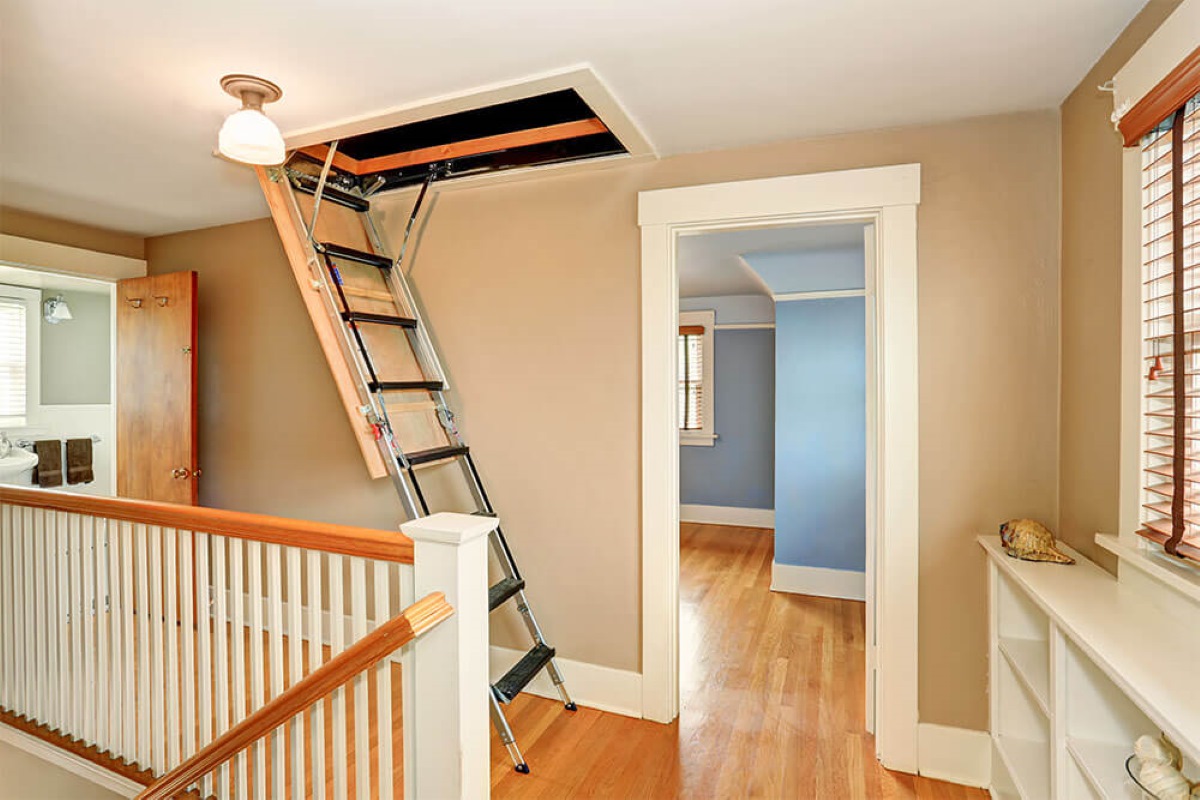
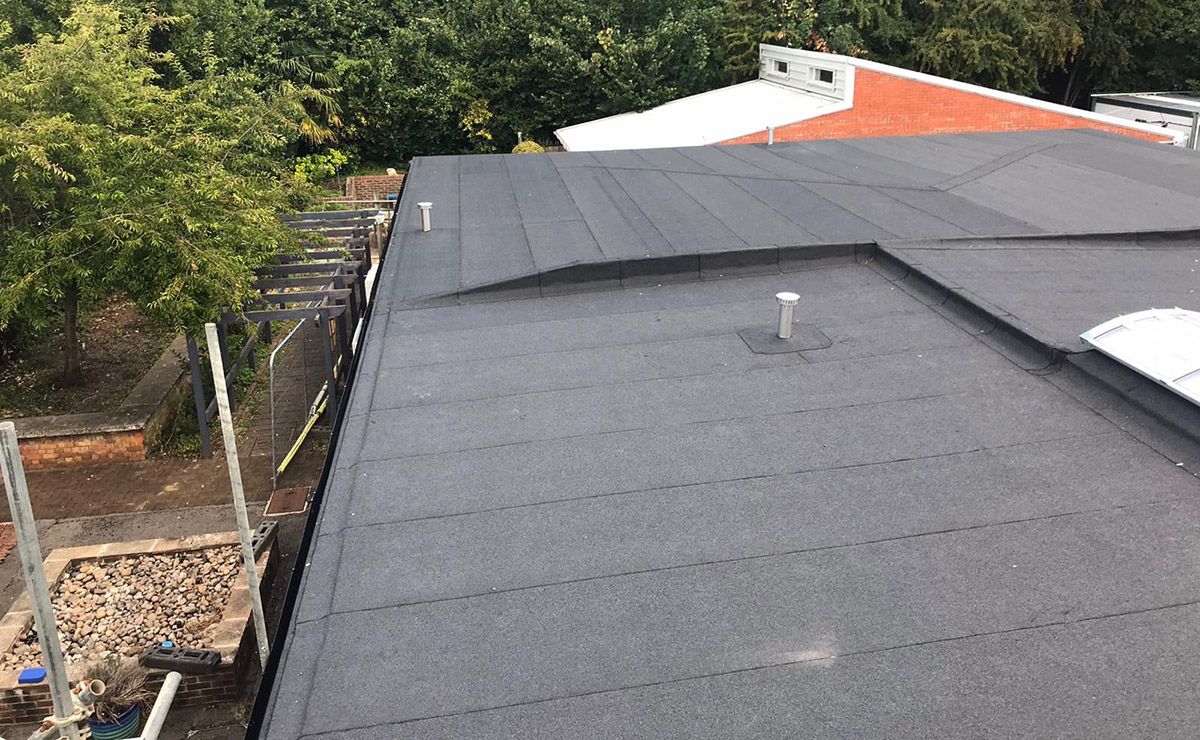
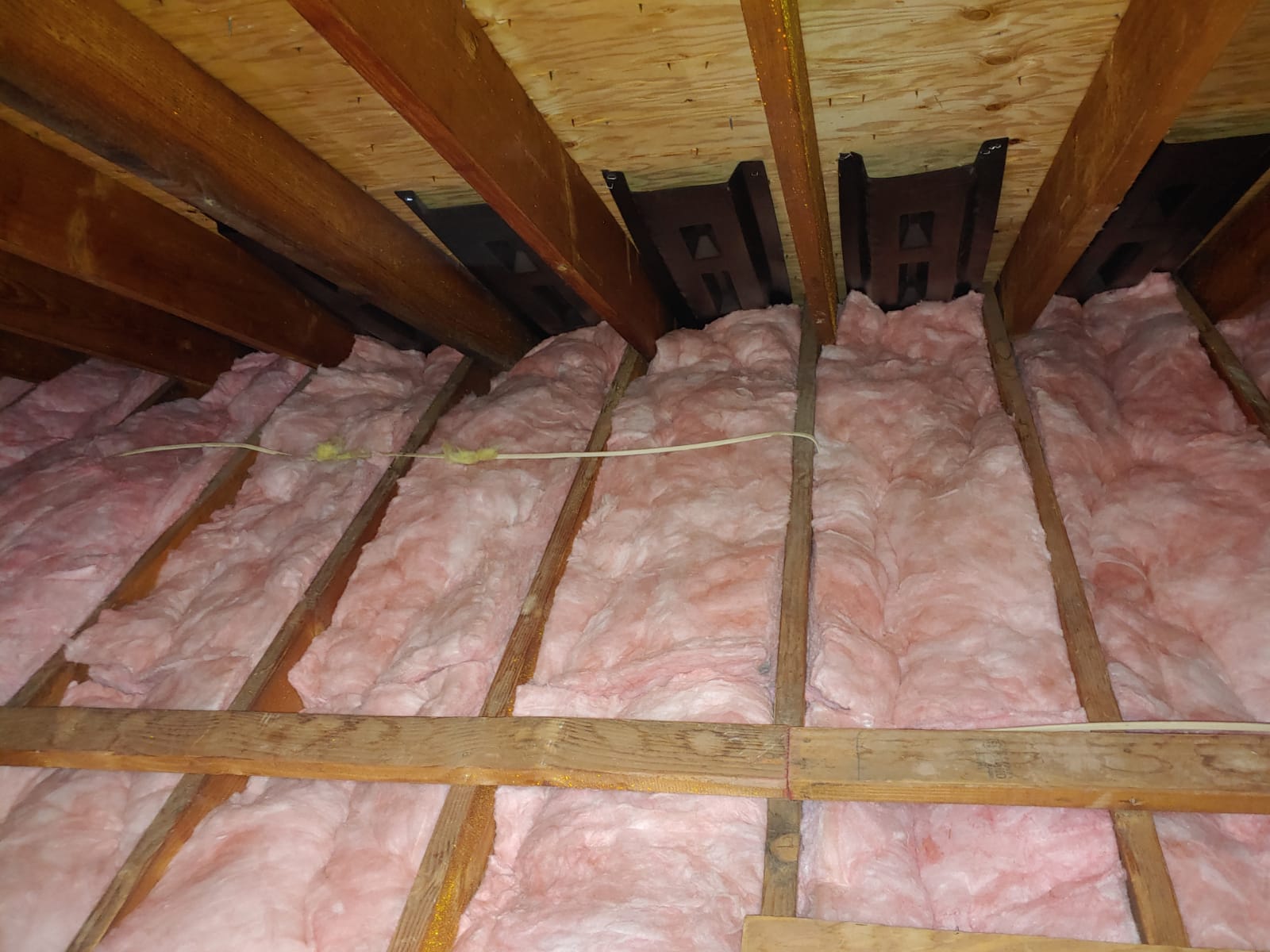
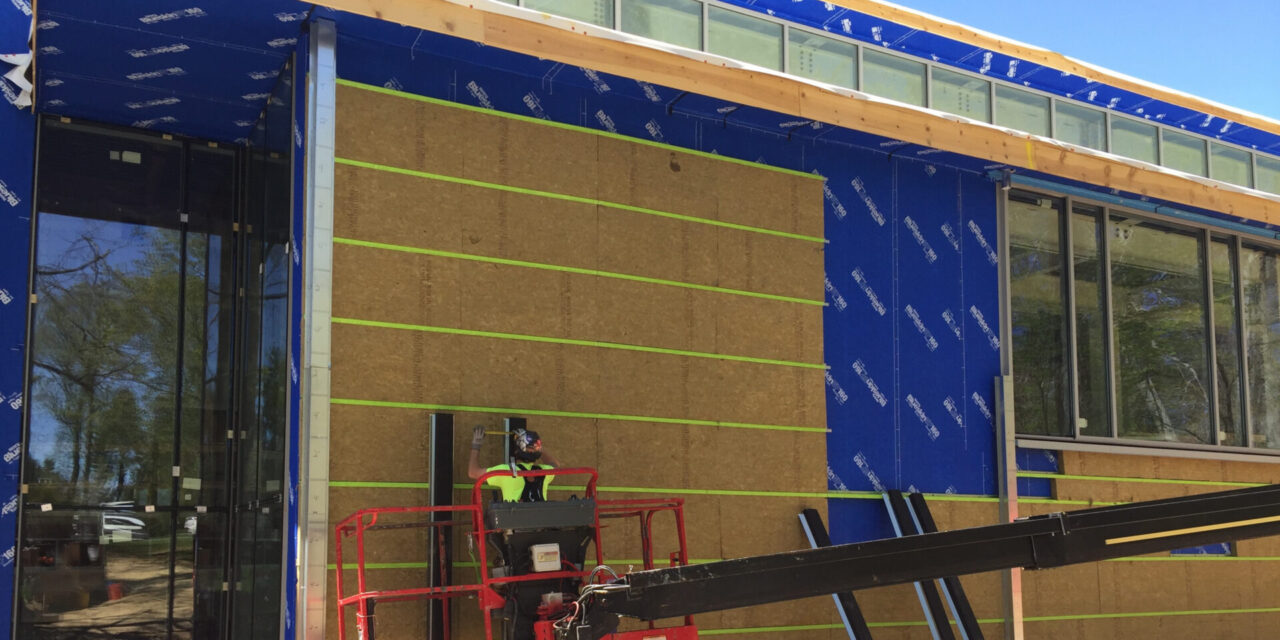
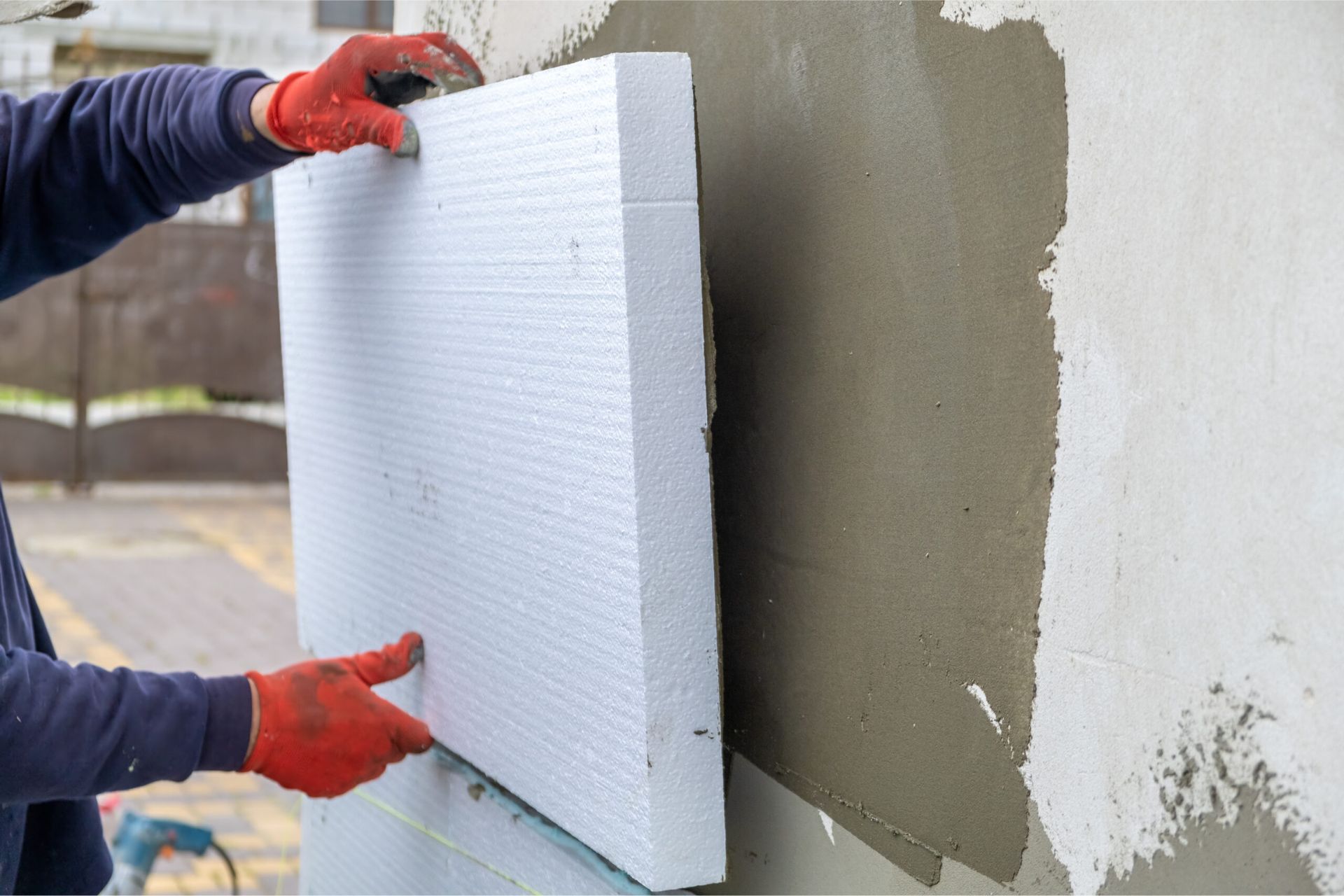
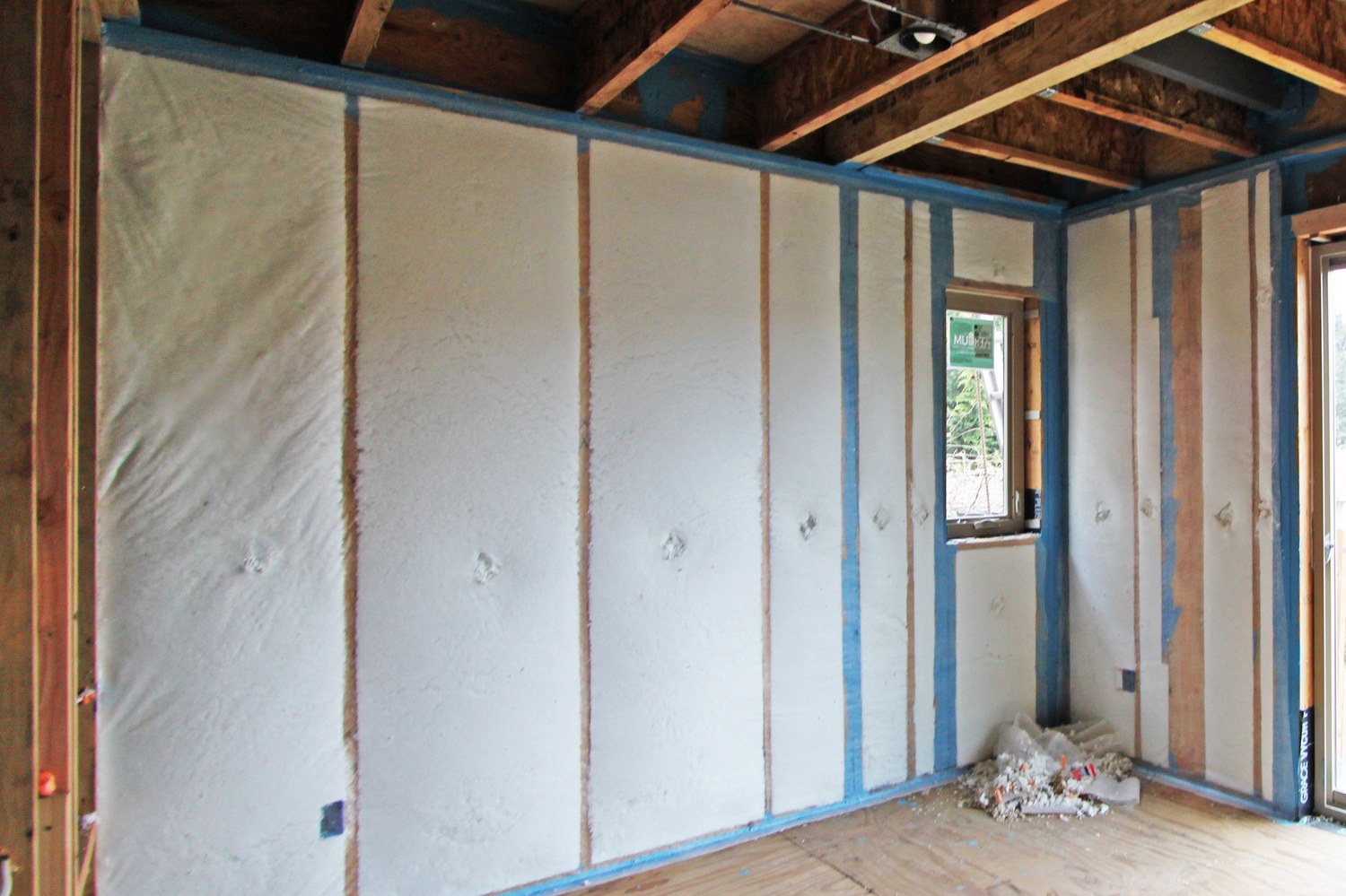
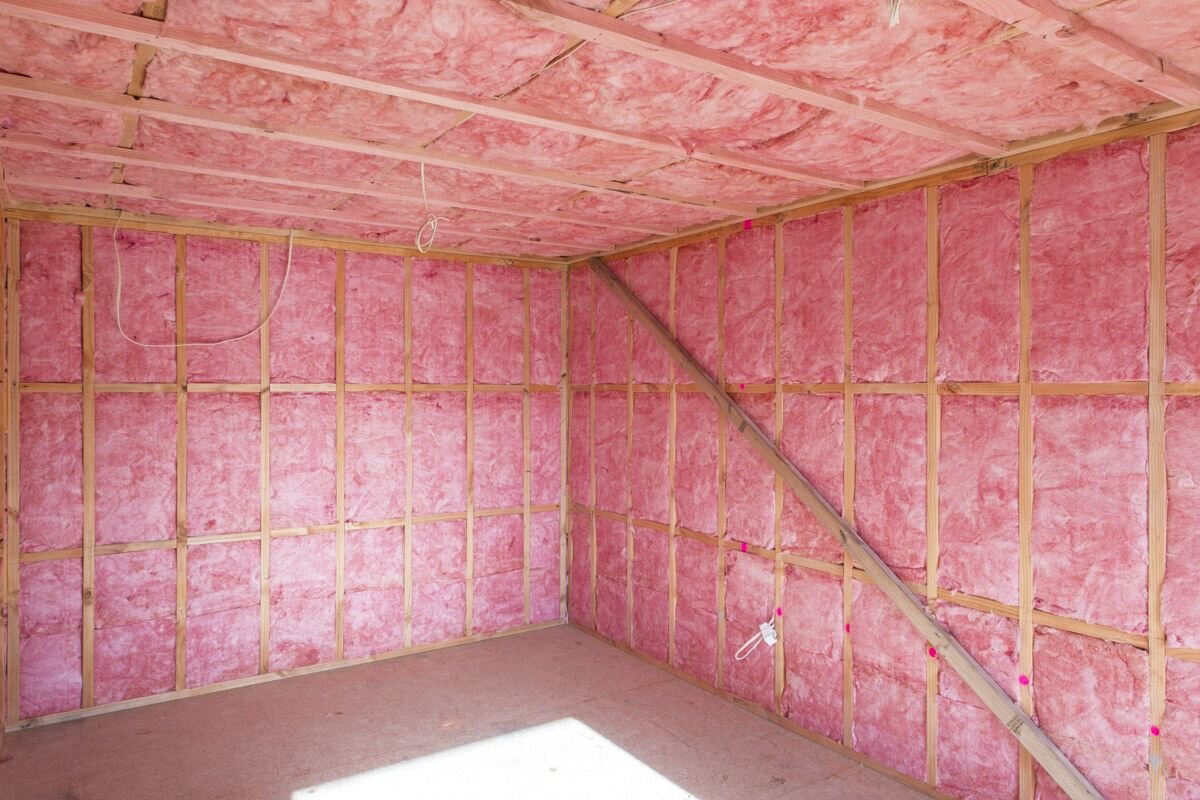
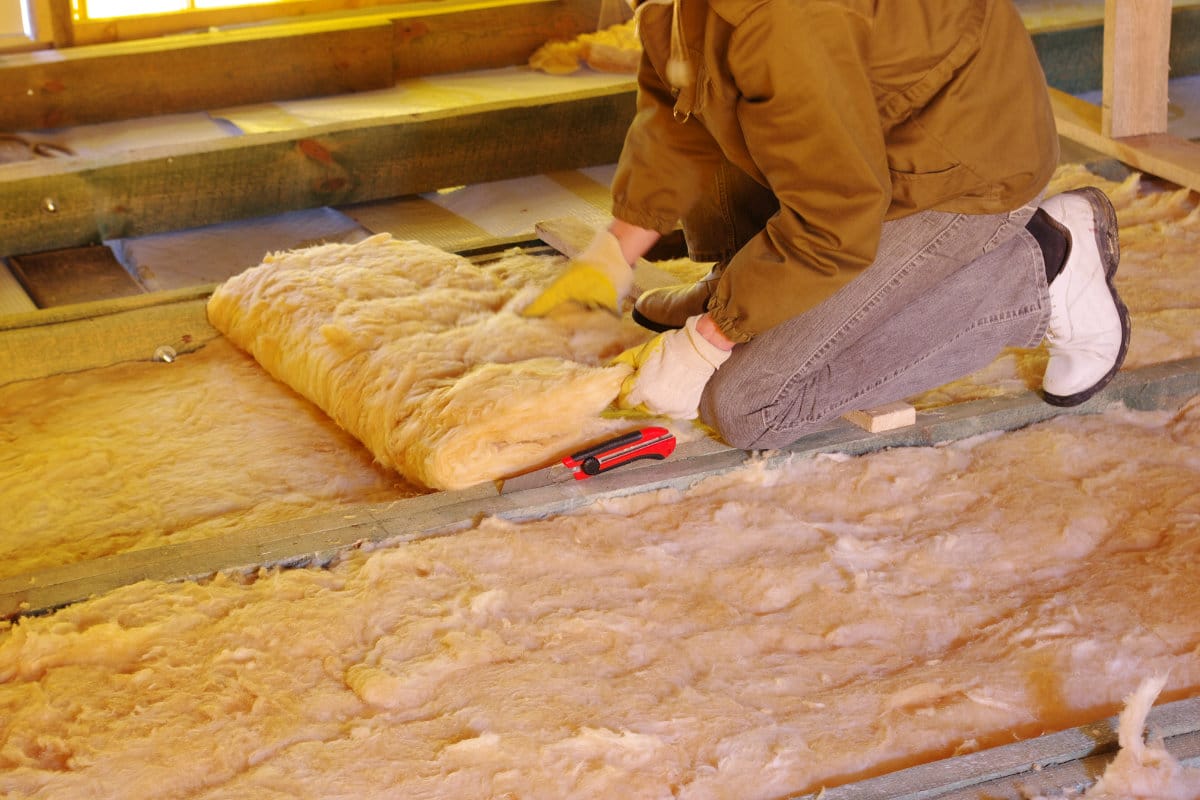
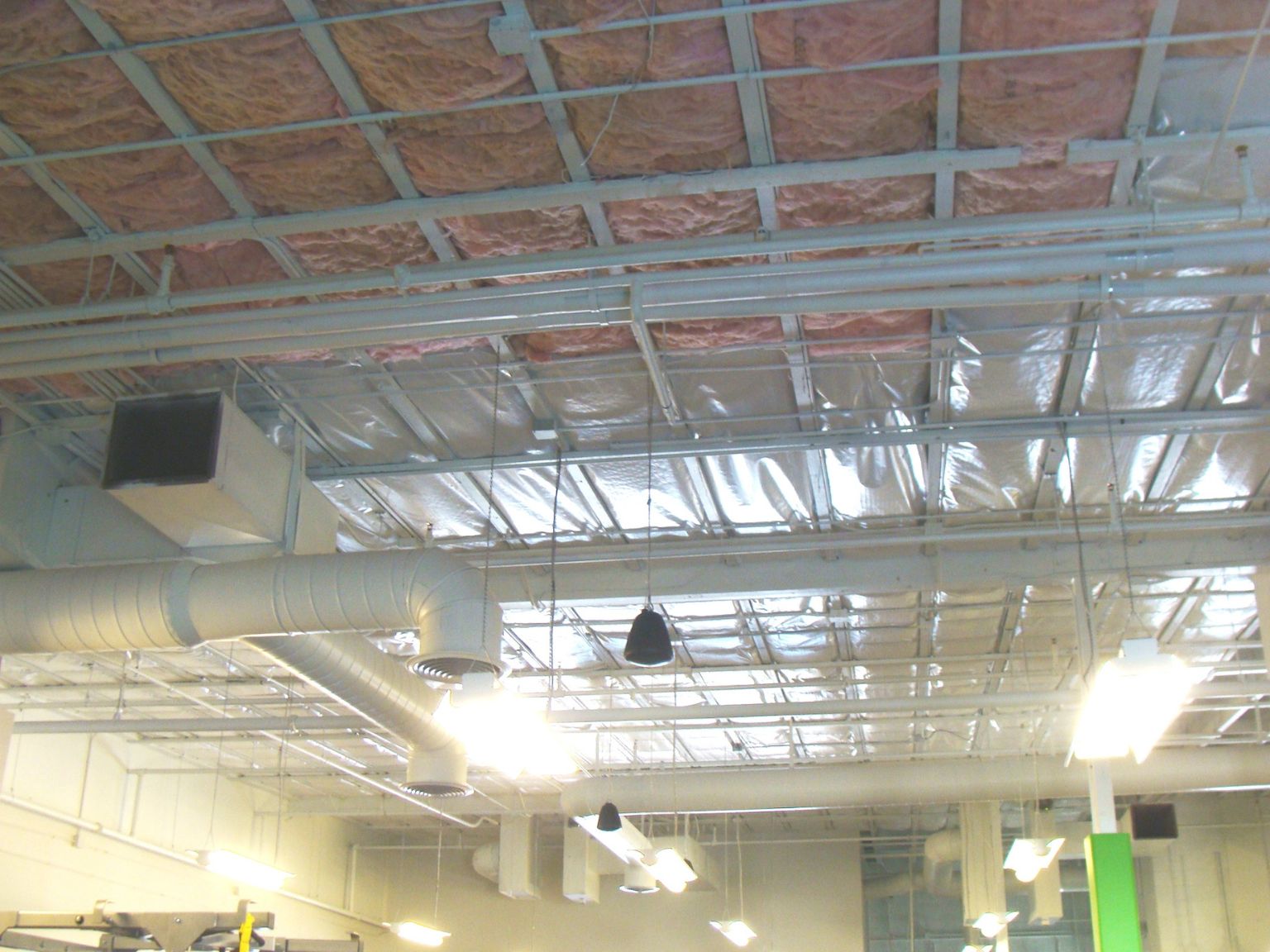
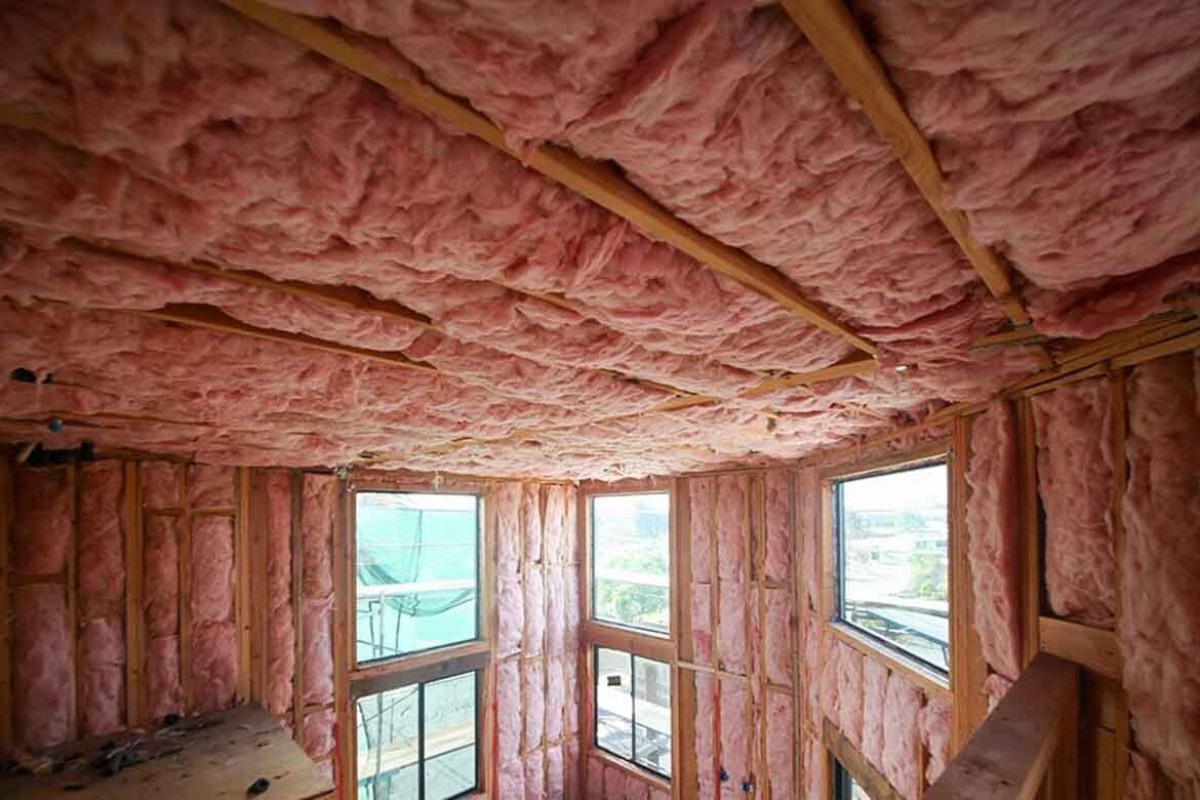
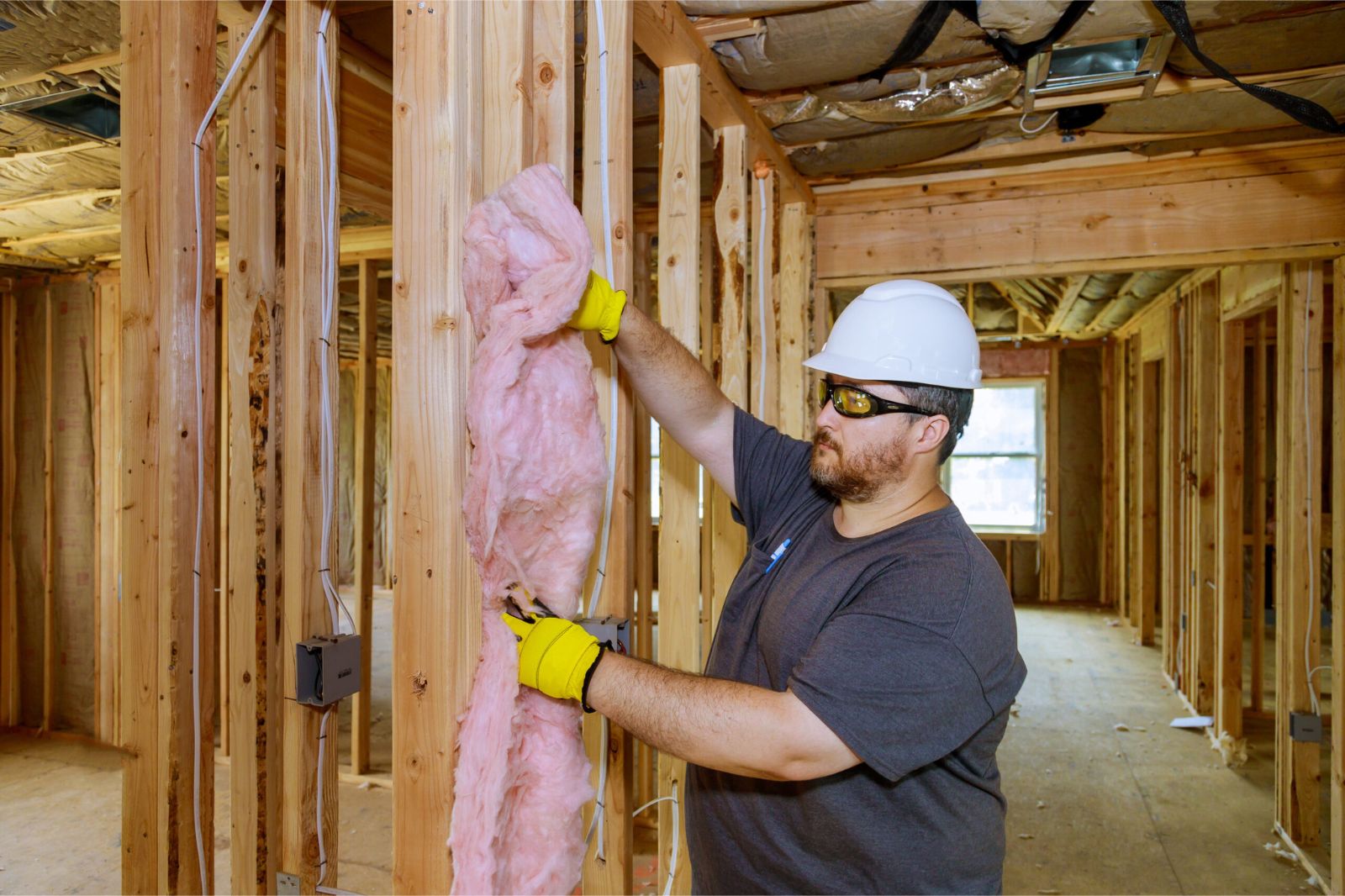
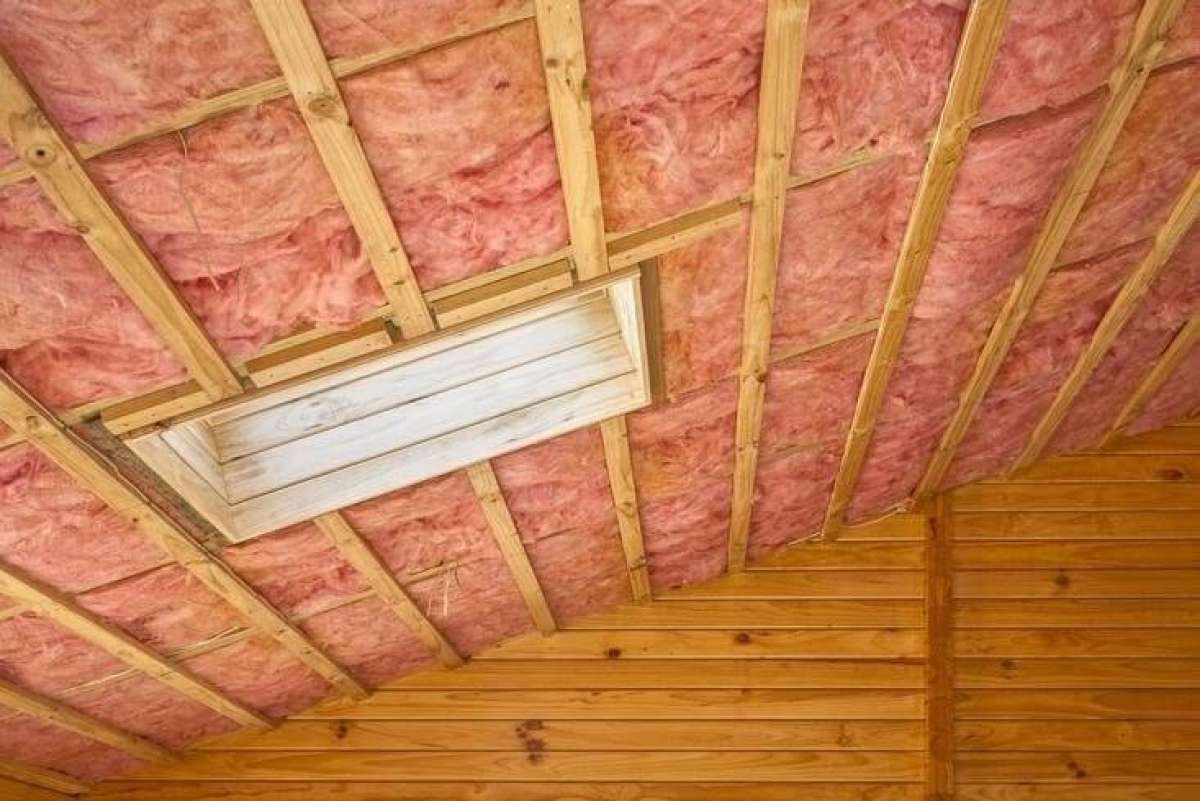
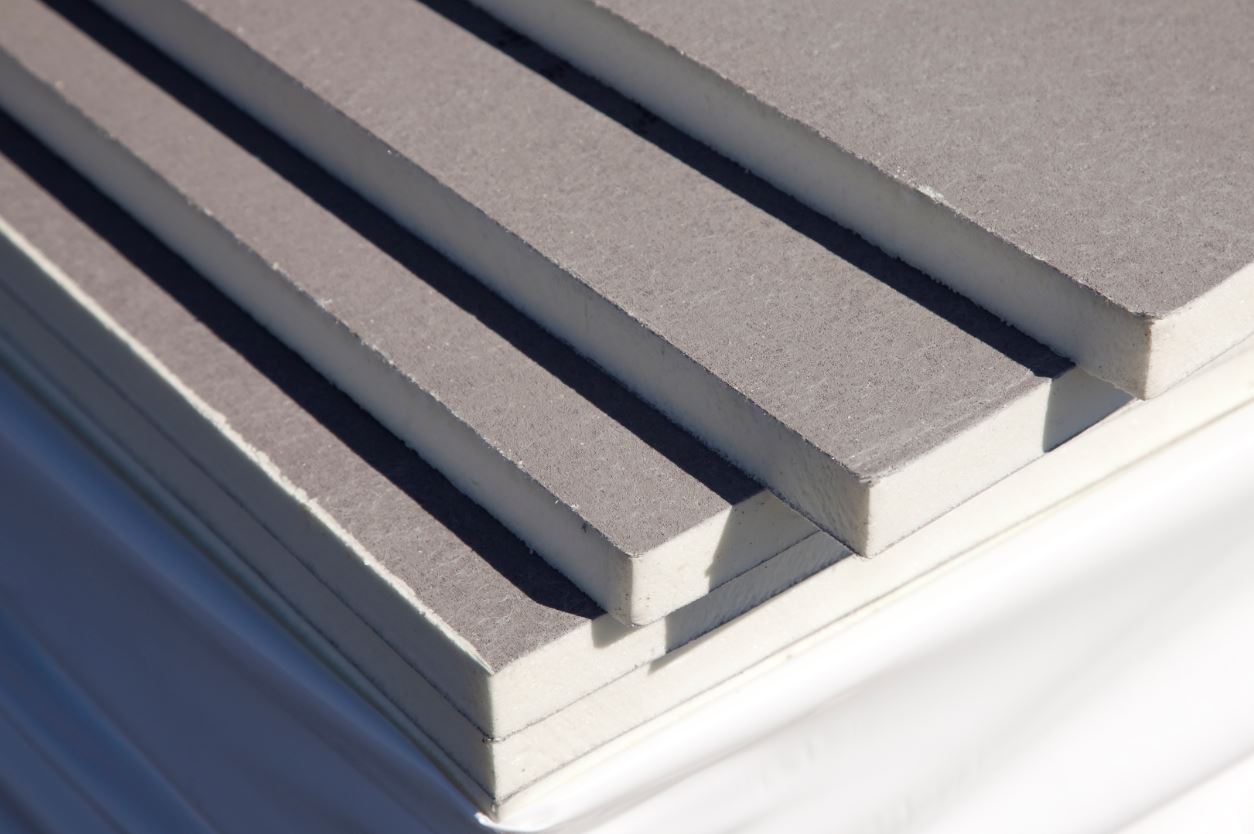

0 thoughts on “What Is Loft Insulation”